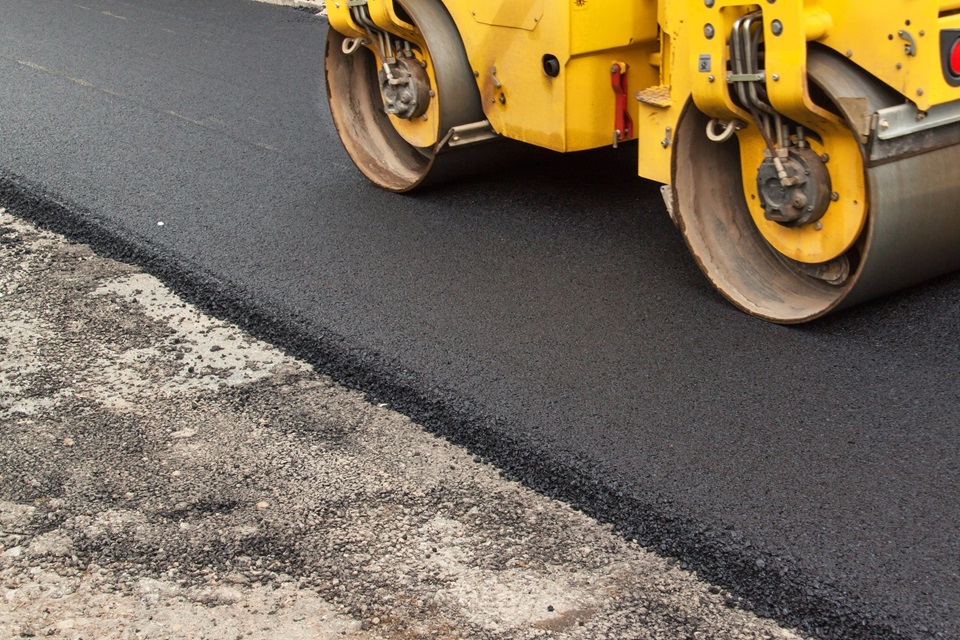Asphalt paving contractors need specific equipment and supplies to work efficiently. This includes paving tools like lutes, tampers, asphalt rakes, and scoop shovels that help them control the flow of hot-mixed asphalt to achieve an even distribution.
Paving is a process that starts with clearing the worksite and installing a base and pavement. Then come the butt joints and transitional areas that connect the paved surface to other roadways or parking lots.
Table of Contents
What Is Asphalt?
Asphalt is one of the most common and versatile paving materials used in construction. It is made from high-quality, long-lasting materials that are also highly recyclable. Asphalt is also more cost-effective than concrete and requires less maintenance.
It comprises aggregates (such as crushed rock, sand, and gravel) bound together with bitumen — a black, sticky, viscous form of petroleum, sometimes known as pitch. It is found naturally in limited deposits worldwide and liquid or semi-liquid states.
The bitumen binds the aggregates to make a cohesive mixture to construct or maintain roads, parking areas, and even play-and-sport surfaces. The aggregates are typically sourced from quarries or recycled from construction and demolition sites. The type of asphalt needed for any project depends on various factors, including climate and pavement conditions. Choosing the asphalt paving near me is critical to achieving optimal performance.
What Is An Asphalt Paver?
An asphalt paver is a machine that lays and compacts asphalt. Its use enables road construction to happen faster than with traditional methods. It is also more accurate and provides a better-looking result.
An early version of the asphalt paver was introduced in 1815 by Scottish engineer John MacAdam. This used a layer of small stones and sand sprayed with water, which helped to cement the materials together. It was later replaced with tar macadam, which used coal tar as the binding material.
The modern asphalt paver travels on either wheeled or tracked tracks and has a hydraulically driven motor to give the operator control. The machine has a hopper, feeding conveyor, distribution augers, and screed.
The hopper holds the hot mix asphalt (HMA) from the dump truck and slowly discharges it into the paver as it moves forward. The hopper’s hinged wing compartments move up and down to raise (and lower) the asphalt level as it empties, which allows the operator to control the thickness of the paved surface.
How Do Asphalt Pavers Work?
Asphalt is a commonly used pavement material for roadways and parking lots. It can be rolled, smoothed, and textured to create a quality driving surface. The material does not require extra time to cure, and drivers can use newly paved surfaces almost immediately.
The paving process involves hauling Hot Mix Asphalt (HMA) from a dump truck to the construction site and feeding it into an asphalt paver. The paver then uses a screed to level and shape the HMA. The machine can be wheeled or tracked and is available in diesel or electric variations.
An operator’s duties may include adjusting the conveyor chain speed to match the project’s demands and to control feed. They may also need to clean the hopper and conveyor plates, adjust the chain tension, and ensure adequate lubrication. Other tasks may include manual grade manipulation, in which the tow point of the screed arm affects the paving mat’s slope and texture.
What Are The Paver Components?
A paver has many parts that work together to deliver a precise and even asphalt distribution. The most critical components include the conveyor system, the hopper, and the screed.
The hopper is a large container located at the front of the machine. It is filled with asphalt from a dump truck and fed into the conveyor system. The conveyor consists of heavy-duty chains and flight bars that move the asphalt. Operators should regularly check and maintain the conveyor, ensuring it is free of debris, clean, and adequately lubricated.
The conveyor chains feed the asphalt to the auger distributor, which has two arms that distribute and shape the asphalt layer. Some drills can be adjusted for different application widths. Pavers can also use bolt-on screed extensions to increase the paving width. Other essential components of a paver are its control systems and safety equipment. These include personal protective equipment (PPE) like safety vests, hard hats, long-sleeve shirts, steel-toe boots, and traffic control devices to alert drivers and pedestrians of ongoing construction.



